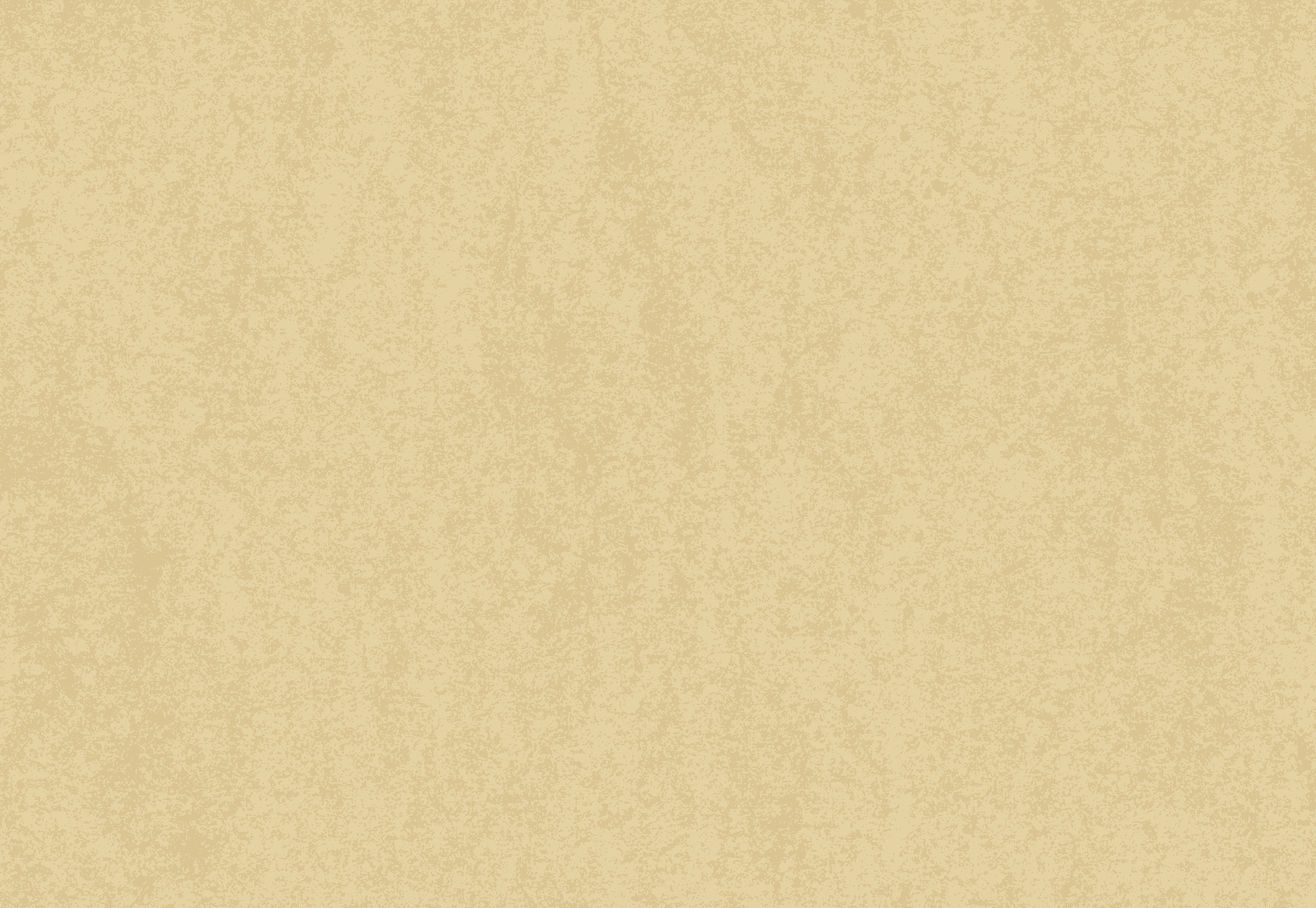Men’s forge has undergone a singular transmutation over the past century, reflective the shifting cultural, mixer, and worldly landscapes that each era. Historically, fashion for men was grounded in practicality and tradition, with a fresh vehemence on well-tailored suits, cuts, and evening gown get up. However, as societal norms evolved, so too did men’s forge, with styles bit by bit becoming more diverse, lax, and inquiry. Today, men s fashion spans an telling range of styles, from acutely, dinner dress wear to casual streetwear, offering something for every personality, juncture, and lifestyle.
In the early on 20th century, men’s forge was to a great extent influenced by the nobility and upper classes. The suit, often plain to beau ideal, was the cornerstone of a valet de chambre s press. The three-piece suit, paired with a vest and scrunch shirt, symbolized mundanity and sociable status. Fabrics such as wool, white, and face cloth were unremarkably used, and colours were typically conservativist navy, grey, and black were the go-to choices. Accessories, like pocket watches, cufflinks, and ties, consummated the look, accentuation a urbane, refined visual aspect. These traditional styles remained for much of the early 1900s, but as the century progressed, fashion began to germinate.
The mid-20th century saw the rise of more relaxed, casual styles, particularly following the Second World War. The 1950s introduced the iconic”American Ivy” look, which was characterized by preppy garments such as chinos, button-down shirts, and cardigans. This era also witnessed the outgrowth of the teddy bear boy style in the UK, which embraced a more rebellious approach to forge with slim-fitting trousers, draped jackets, and spendthrift hairstyles. Meanwhile, the 1960s and 1970s brought about a revolutionist transfer with the rise of youthfulness countercultures, such as the hippie and punk movements. These subcultures embraced eclectic and bold styles, which often spurned conventional forge rules in favor of self-expression.
As we stirred into the late 20th , men’s fashion began to radiate even further. The 1980s introduced power stuffing, pronounced by oversize suits, shoulder pads, and bold colors, reflective the era s obsession with wealth, superpowe, and surplus. At the same time, hip-hop began to have a considerable determine on 20代メンズファッション , popularizing baggy jeans, graphic t-shirts, and mesomorphic wear. This noticeable the beginning of streetwear, a genre that would bear on to shape men’s fashion for decades to come.
The early on 21st century has seen the blurring of boundaries between dinner dress and casual wear, with the rise of athleisure and lax styles. Modern men s fashion is no thirster confine by rigid rules or orthodox conventions. Sneakers, once reticent for muscular activities, have become a staple fibre in routine wardrobes, often opposite with suits or unplanned wear. The rise of mixer media and street forge has also had a unplumbed bear on on how men engage with fashion, with influencers and celebrities formation trends in real-time.
Today, men’s forge is defined by individuation and versatility. Whether it s the tailored precision of a well-cut suit or the laid-back vibes of streetwear, there is no 1 definition of men s title. Instead, it s about personal expression, experiment, and solace. As sustainability becomes a key write out in the forge industry, men are progressively tilt towards more right and environmentally-conscious choices, opting for brands that prioritize timber and sustainability.
In termination, men s fashion has evolved significantly over the old age, transitioning from classic elegance to a more various and capitalist go about. This organic evolution reflects not only the dynamic tastes and attitudes of men but also broader social shifts. Today s men have the freedom to utter themselves through their wear, inspiration from a wide lay out of influences, from streetwear to dinner gown , all while unexpended remindful of the world-wide touch on of their forge choices.

